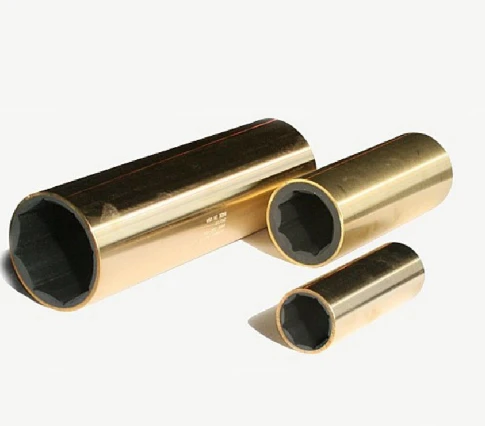transmission shift shaft seal
Understanding the Transmission Shift Shaft Seal Importance and Maintenance
The transmission shift shaft seal is an integral component of any vehicle's transmission system. Its primary role is to prevent fluid leakage from the transmission while ensuring smooth gear shifts. Understanding the function and significance of the shift shaft seal can help vehicle owners maintain their cars effectively and avoid potential issues that could compromise the vehicle's performance.
What is the Transmission Shift Shaft Seal?
The transmission shift shaft seal is typically made from durable rubber or silicone material and is designed to fit tightly around the shift shaft. The shift shaft itself is a critical part of the transmission, essentially acting as the bridge between the gear lever inside the vehicle and the internal gears of the transmission. When the driver shifts gears, the shift shaft rotates and engages with the transmission's internal mechanisms. Given its location and function, the shift shaft is prone to high levels of wear and tear, making the sealing function of the shift shaft seal exceedingly important.
Importance of the Shift Shaft Seal
1. Fluid Retention The primary purpose of the transmission shift shaft seal is to retain transmission fluid within the housing. Transmission fluid is essential for the proper functioning of the transmission, providing lubrication for the internal components and facilitating cooler operation. A leaking seal can lead to fluid loss, which can result in overheating, increased friction, and ultimately, transmission failure.
2. Lubrication The seal plays a crucial role in ensuring that the moving parts of the transmission remain lubricated. Proper lubrication reduces wear and tear, ensuring a longer lifespan for the transmission system and enhancing overall vehicle performance.
3. Smooth Shifting A functioning shift shaft seal is vital for smooth shifting between gears. Any leakage or malfunction in the seal can lead to erratic shifting, making the driving experience less comfortable and potentially dangerous.
4. Preventing Contamination In addition to retaining fluid, the shift shaft seal also prevents dirt, debris, and other contaminants from entering the transmission. Such contamination can cause significant damage to the internal components, leading to costly repairs.
Symptoms of a Worn or Damaged Shift Shaft Seal
transmission shift shaft seal

It is crucial for vehicle owners to recognize the signs of a failing transmission shift shaft seal. Common symptoms include
- Fluid Leaks The most obvious sign of a faulty seal is the presence of transmission fluid on the ground beneath the vehicle. Transmission fluid is typically red or pink and has a distinctive smell.
- Erratic Shifting If the vehicle experiences difficulties in shifting gears or if the shifts feel uneven, this could indicate a problem with the shift shaft seal.
- Overheating A drop in fluid levels due to a leaking seal can lead to overheating of the transmission system, resulting in warning lights on the dashboard.
- Unusual Noises Grinding or whining noises during gear shifts might suggest that the transmission components are not properly lubricated, possibly due to a faulty shift shaft seal.
Maintenance and Replacement
To prevent the premature wear of the transmission shift shaft seal, regular maintenance is essential. Vehicle owners should check their transmission fluid levels routinely and look for transmission leaks. If any signs of leakage or malfunction are noticed, it is advisable to have the vehicle inspected by a professional mechanic.
Replacing a faulty shift shaft seal typically involves draining the transmission fluid, removing the shift shaft, replacing the seal, and reassembling the components. It is often recommended to replace the transmission fluid during this process to ensure optimal performance.
Conclusion
The transmission shift shaft seal may be a small component, but its impact on the vehicle's transmission system is significant. Regular inspection and timely replacement of a worn seal can save vehicle owners from costly repairs down the line and ensure a smooth driving experience. Understanding the importance of this component not only enhances vehicle performance but also emphasizes the necessity of regular maintenance for long-term reliability and safety.
-
Seal 12x20x5: Precision Radial Shaft Seals for Industrial Reliability
News Nov.24,2025
-
Seal 12x18x5: Essential Guide to Specifications, Applications & Vendors
News Nov.24,2025
-
Understanding Seal 12 20 5: Applications, Specifications & Industry Insights
News Nov.23,2025
-
Durable Oil Seal 85x110x12 – Reliable Sealing Solutions for Industry
News Nov.23,2025
-
Durable and Precise Oil Seal 75x95x10 for Efficient Machinery | YJM Seal
News Nov.22,2025
-
Durable Oil Seal 75x100x10 for Reliable Industrial Performance | YJM Seal
News Nov.22,2025
-
High-Quality Oil Seal 65x90x10 | Durable & Reliable Sealing Solutions
News Nov.22,2025
Products categories















